12+ SAMPLE Root Cause Corrective Action Plan
-
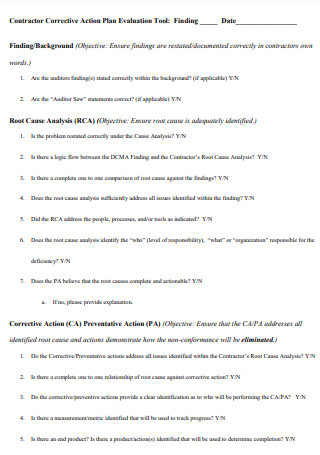
Contractor Root Cause Corrective Action Plan
download now -
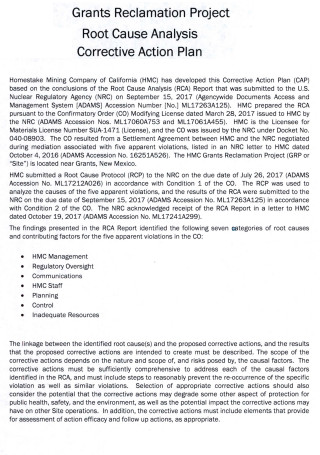
Reclamation of Root Cause Corrective Action Plan
download now -
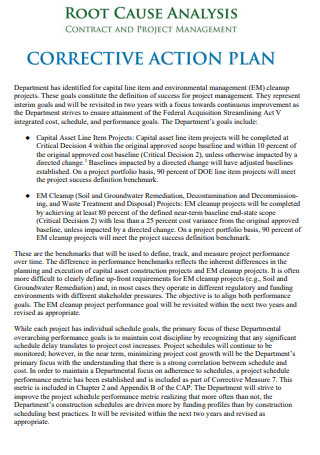
Root Cause Contract Corrective Action Plan
download now -
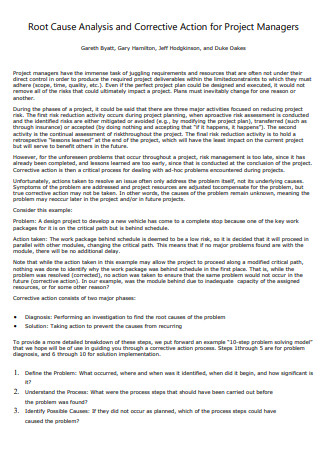
Root Cause Corrective Action Plan for Project Managers
download now -
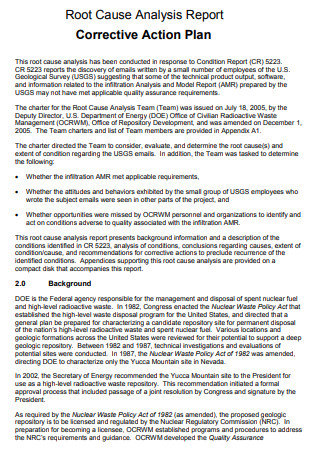
Root Cause Corrective Action Plan Report
download now -
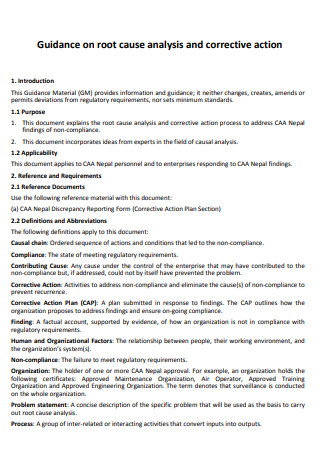
Guidance on Root Cause Corrective Action Plan
download now -
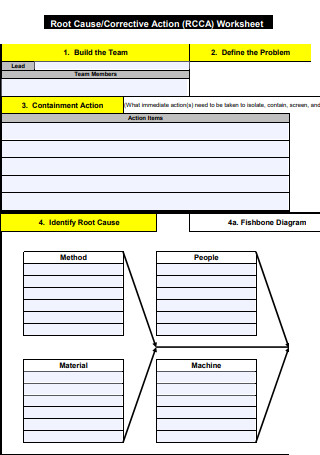
Root Cause Corrective Action Plan Worksheet
download now -
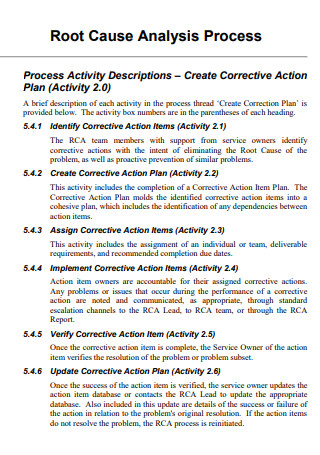
Root Cause Analysis Process Corrective Action Plan
download now -
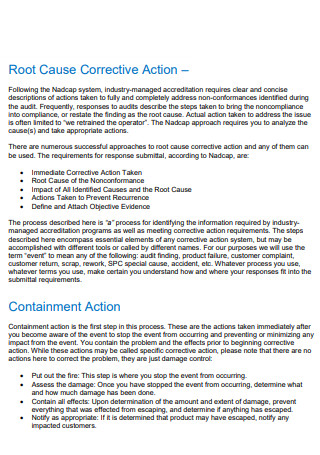
Root Cause Corrective Action Plan
download now -

Effective Root Cause Corrective Action Plan
download now -
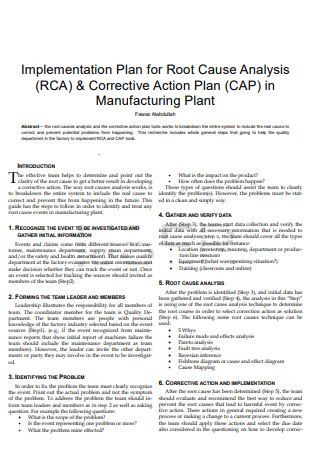
Manufacturing Root Cause Corrective Action Plan
download now -
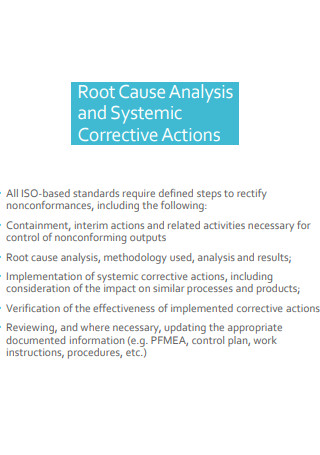
Root Cause Systemic Corrective Action Plan
download now -
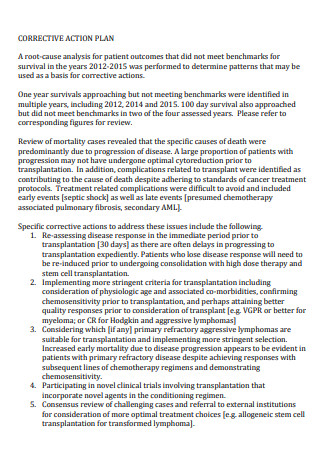
Root Cause Corrective Action Plan Example
download now
FREE Root Cause Corrective Action Plan s to Download
12+ SAMPLE Root Cause Corrective Action Plan
What Is the Root Cause Corrective Action Plan?
Benefits of Addressing the Root Cause
Five Main Points of Root Cause Corrective Action Plan
Steps On How to Write Root Cause Corrective Action Plan
FAQS
Why is Making a Root Cause Corrective Action Plan Important?
When Do We Make Root Cause Corrective Action Plan?
What Is Root Cause Analysis?
What Is the Root Cause Corrective Action Plan?
A root cause corrective action plan is a document outlining the course of action and strategies to resolve a problem’s root cause. It can be done concurrently with root cause analysis. The action plan consists of the phases that relate to the core issue. Rather than approaching an emergency response after the situation has deteriorated, implementing corrective steps and procedures is a better option. The action plan may also be a synthesis of risk assessment reports. Along with the analysis, a response that addresses the major issue. The root cause action plan report explains how and why something occurred. In addition to concrete evidence to support the theory. And, of course, a planned line of action to be pursued after that.
Benefits of Addressing the Root Cause
We all attempt to see the bright side of things, whether we realize it or not. The best in people, as well as the best in ourselves. It’s the only way we can see the positive side of things. This is how we can remain positive in the face of adversity. However, ignoring what is in front of us is not ideal. Furthermore, if we know where the problem originated and how it evolved into what it is today. Although it is not a foolproof strategy. However, there are additional benefits to identifying the fundamental problem from the outset. For performance improvement or a de-escalation preventative action plan. Let’s find out more in the sections that follow.
Five Main Points of Root Cause Corrective Action Plan
Simply articulating the benefits of performing root cause corrective action actions is insufficient. It is vital to comprehend the entire procedure. There are other things to think about aside from employing root cause corrective action tools. Here are a few examples:
Steps On How to Write Root Cause Corrective Action Plan
There are numerous resources available to help you create an action plan. And they’re all pretty much the same. Perhaps further study is required in the case of a root cause corrective action plan pdf. Since it is more about proving and finding the core issue. Then, write corrective steps that could be implemented.
-
Step 1. Identify the Root Cause
One can evaluate the factors involved in a situation by assessing it on the surface. Then it’s a matter of tracing it back to its source. This is accomplished by reviewing past data or information obtained from concerned parties. This could be due to the environment, people, or previous actions.
-
Step 2. Gather Related Information and Evidence
Proving the facts in the document is an important aspect of any action plan. It entails obtaining evidence to support any claims and conclusions. It’s also faster to come up with solutions this way. It’s a match made in heaven when logical reasoning is aided with credible proof. Your action plan addresses additional elements by evaluating and comprehending how everything corroborates. It grows more efficient and acknowledges using its existence. Aside from adverse effects, there could be multiple root causes.
-
Step 3. Provide Solutions
Short-term fixes to surface problems are common challenges these days. It’s that instant relief that offers greater breathing room. However, it does not endure very long. Just because you’re addressing the main cause doesn’t imply it won’t happen again either. In a similar context, it might be possible. Long-term remedies, on the other hand, would postpone its recurrence. It would also give more time to consider permanent solution.
-
Step 4. Create a Course of Action
This stage is critical in carrying out your action plan. Because it has a significant impact on the outcome. Aside from researching effective solutions, how they are implemented is critical to their efficacy. The action plan should include steps to be taken. It should also include a contingency plan in case the projected consequences do not occur. It should also include a description of the entire process as well as the intended outcome. Creating a robust and practical action plan.
-
Step 5. Make Future Consideration
Consideration of similar situations in the future is an excellent addition to your root cause corrective action plan pdf. It not only helps from the outset, but it also identifies more efficient strategies.
FAQS
Why is Making a Root Cause Corrective Action Plan Important?
Making a corrective action plan also involves root cause analysis as well as taking root cause corrective action steps. It allows to directly address strike the main problem rather than making temporary solutions on surface level. In that way, issues that stemmed from the root cause would more likely solve on its own too. It’s beneficial when similar problems occur in the future too. Rather than starting from scratch, there’s already a solid basis to start.
When Do We Make Root Cause Corrective Action Plan?
Anytime a problem that persist with great effect, one could immediately make a corrective action plan. For example, in medical condition. Identifying the root cause right away is critical. For society problems, it requires more research and studies of past data. And a bit more of politicking. So, if there’s more to what is witnessed in the surface, then, probably there’s a bigger root cause. Therefore, the underlying issue must be solved for any solution to be effective.
What Is Root Cause Analysis?
Root cause analysis is an approach that tries to understand or identify the root cause of any problem. It is usually conducted before any corrective action plan is made. The problem solving technique uncover core issues along with possible solution. It’s a common approach in a lot of industry such as healthcare and medicine.
Many related problems have similar solutions. It’s an issue of determining the underlying reason. And the best way to get started is with a root cause corrective action plan template. Take a look at the free samples of root cause corrective action plan above!
